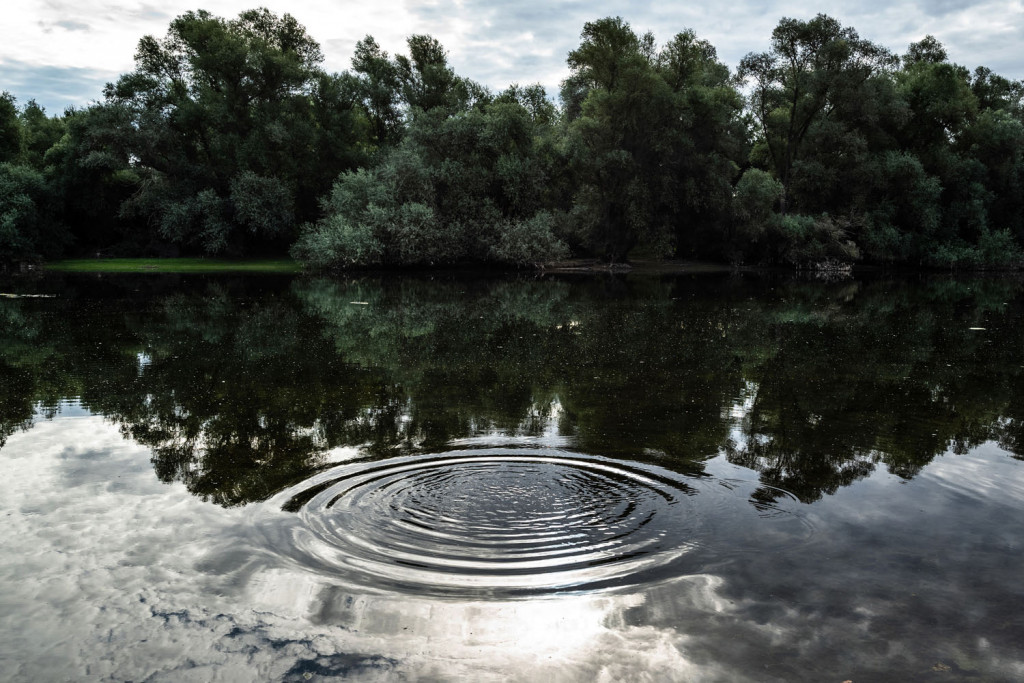
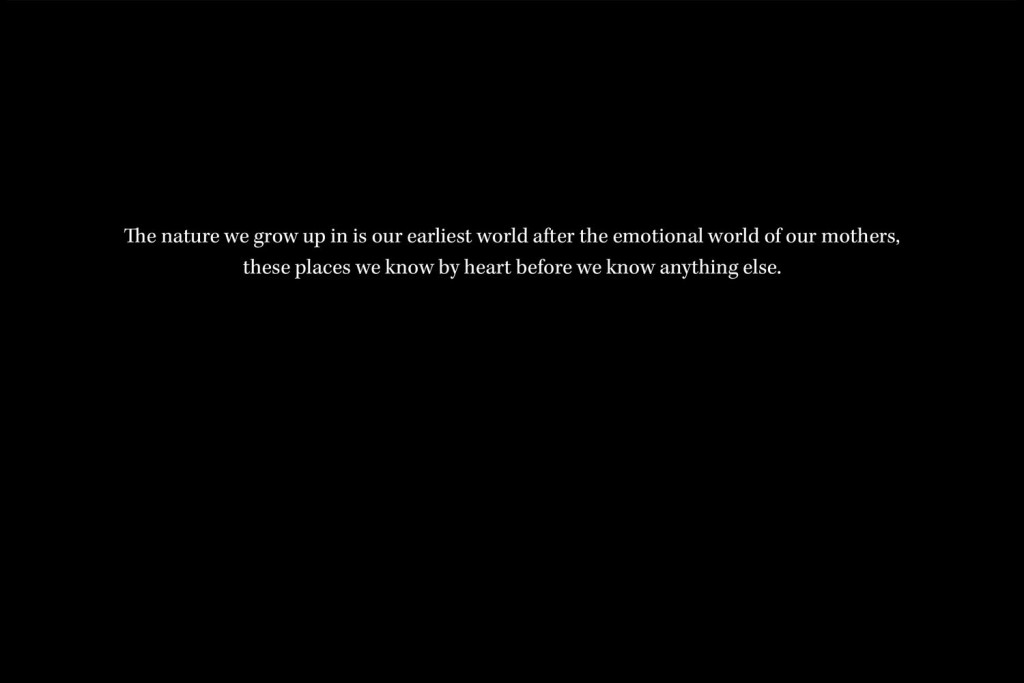
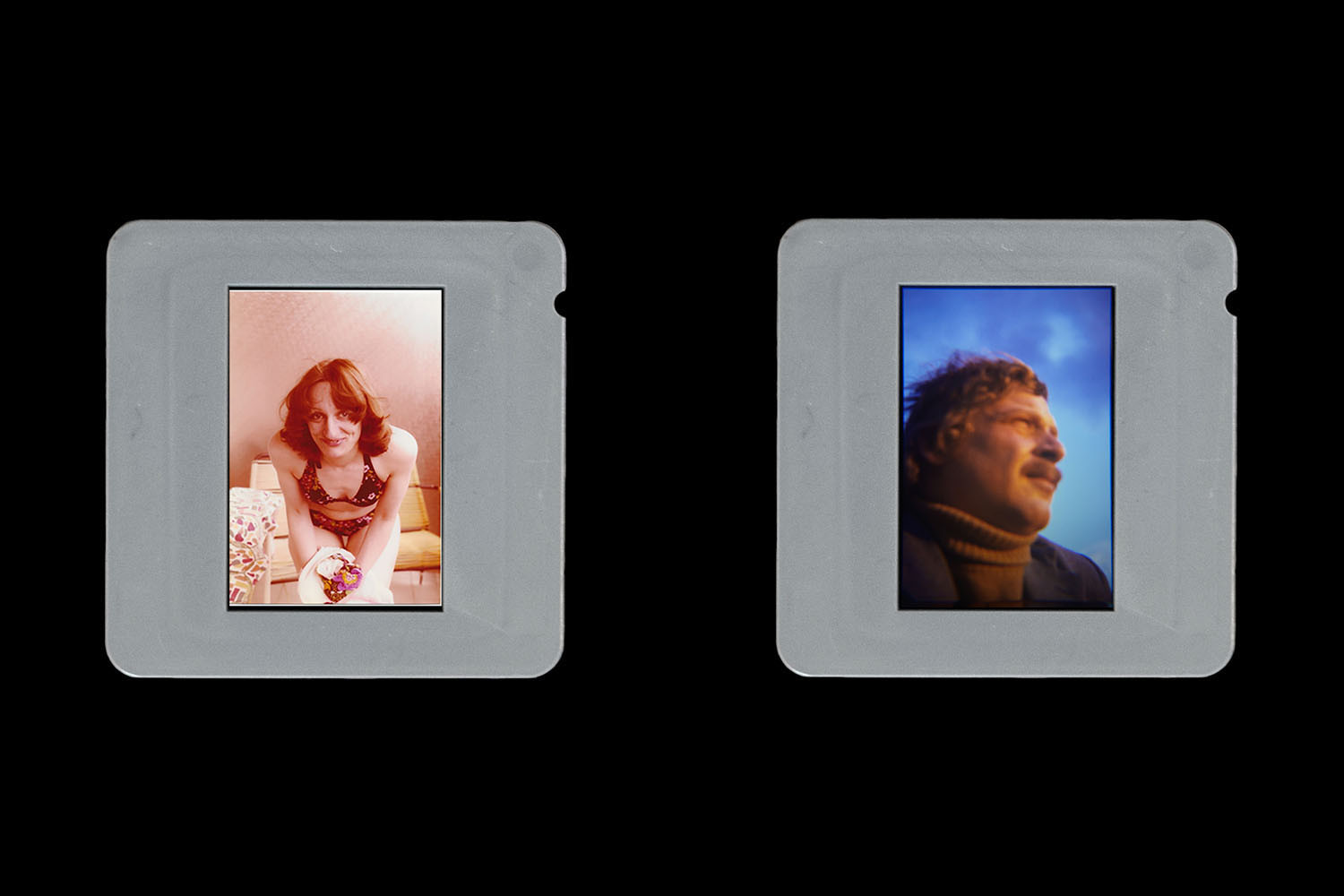
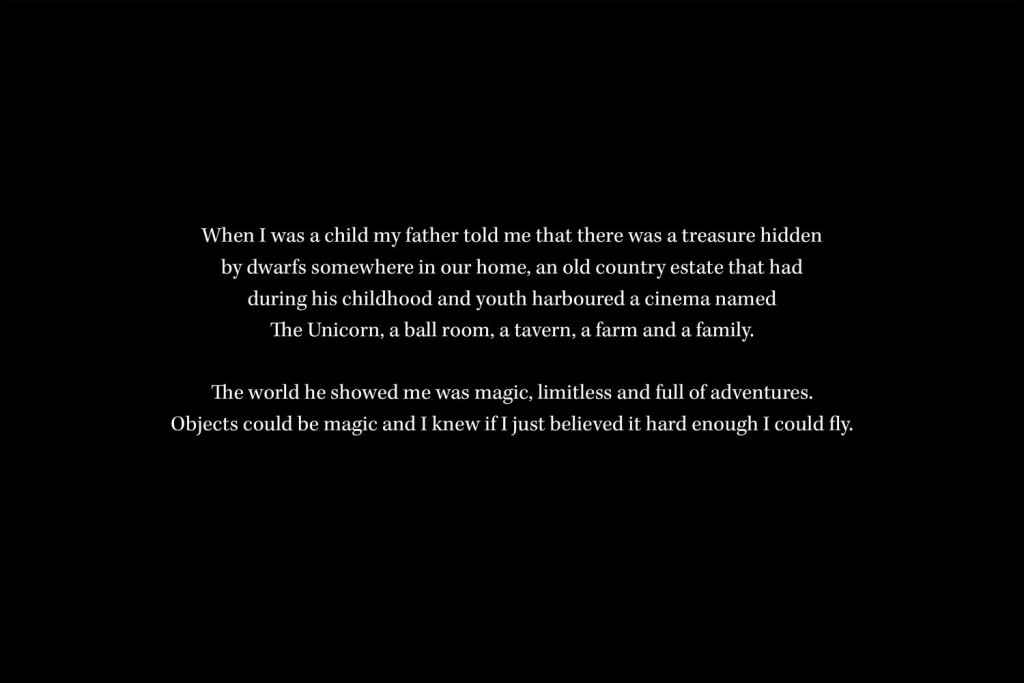
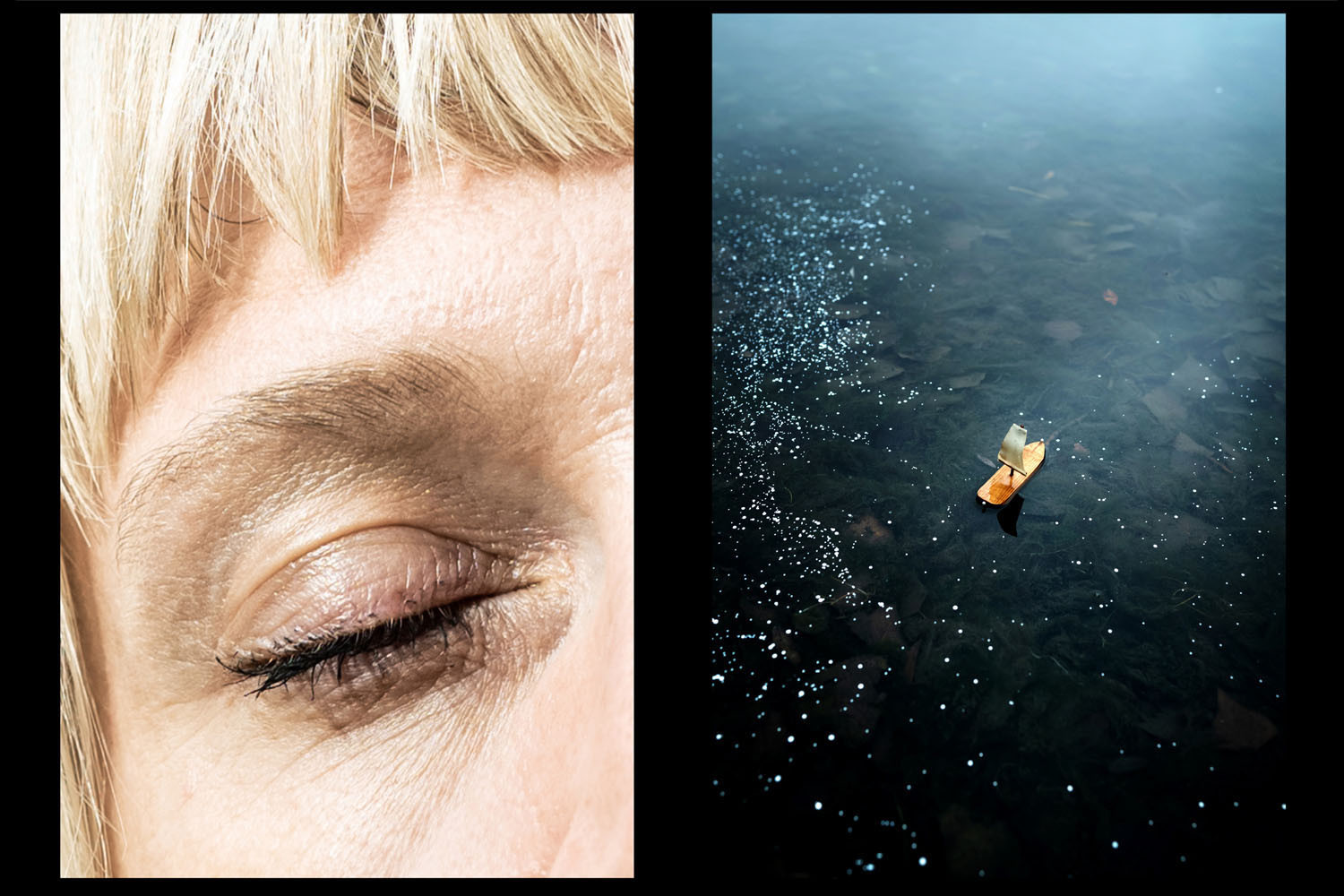
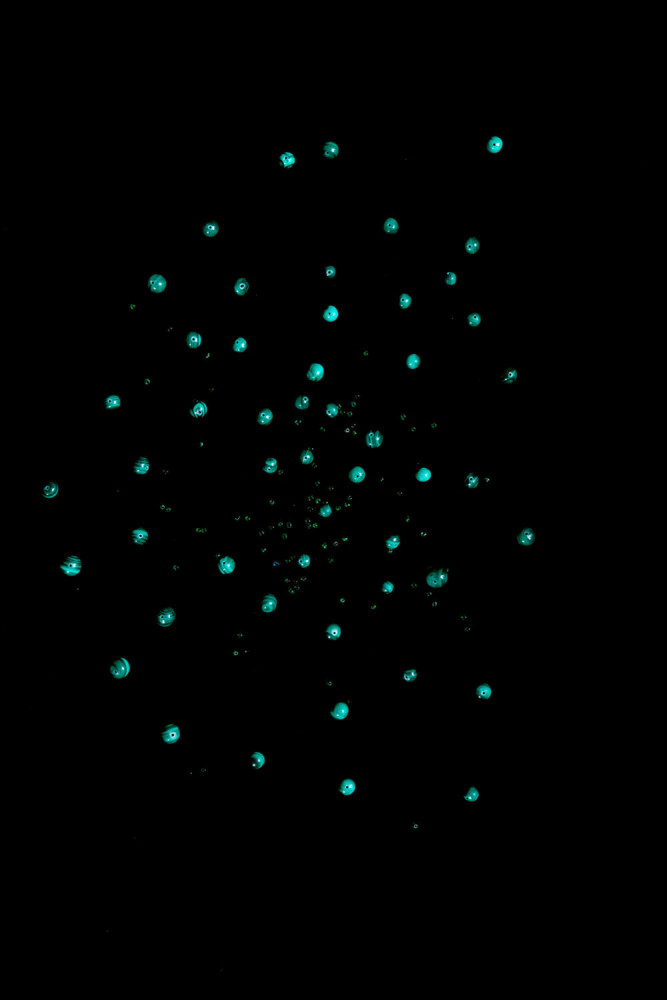
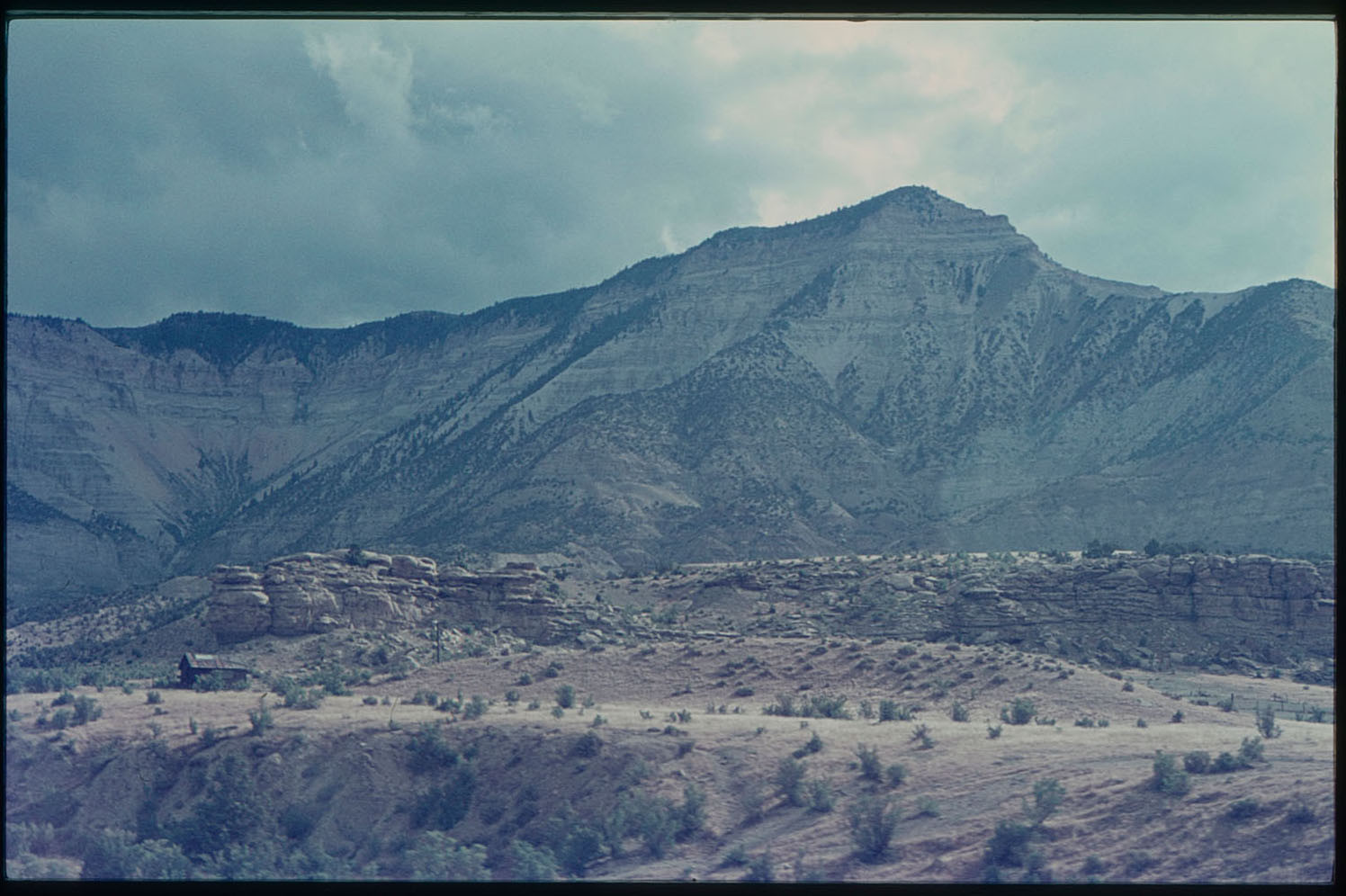

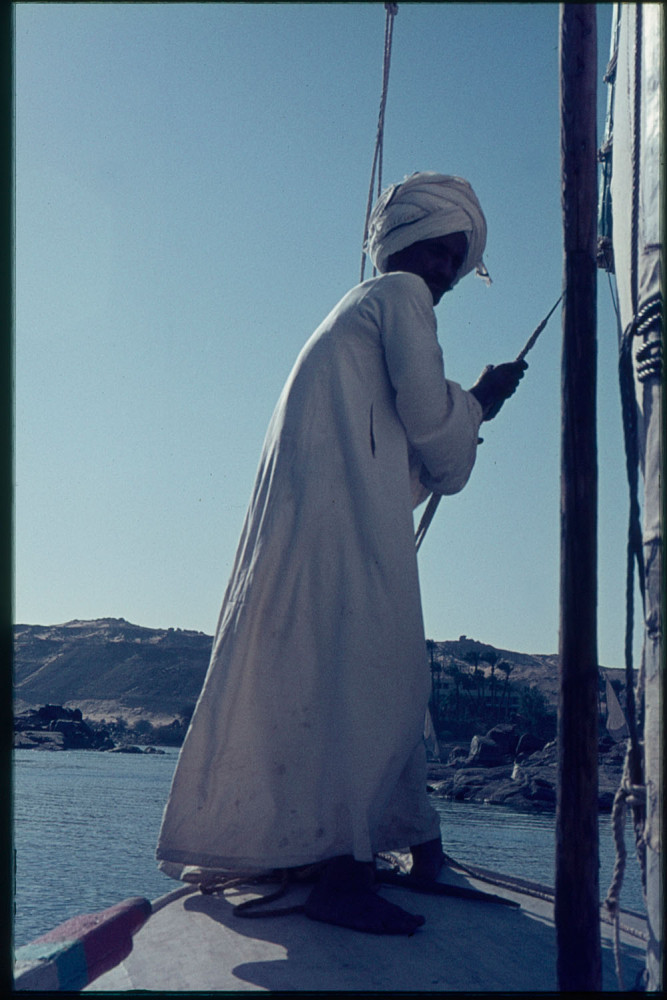
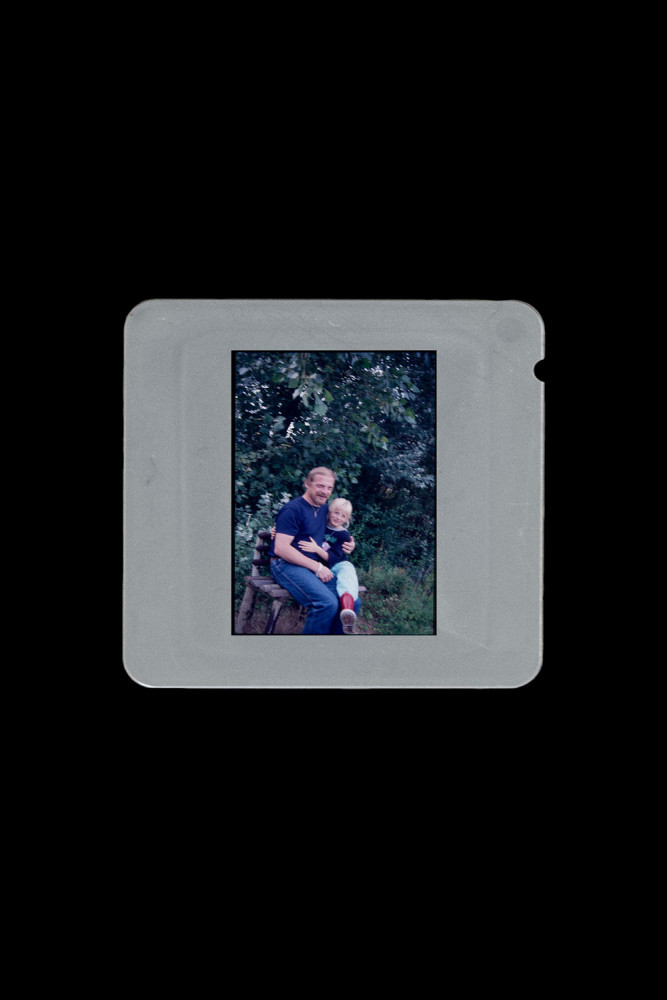
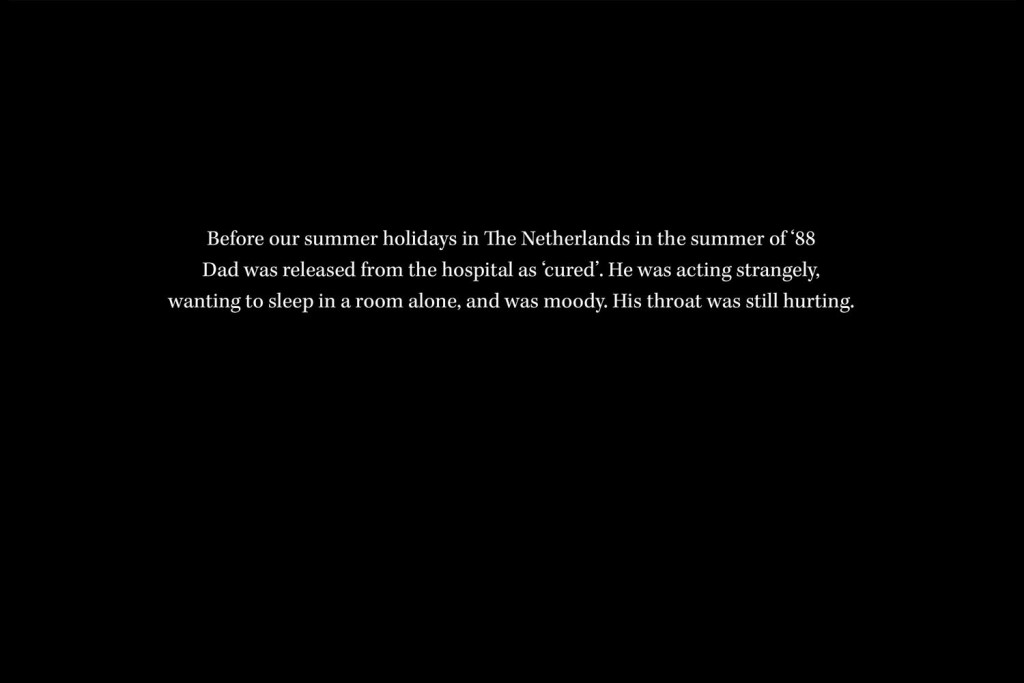
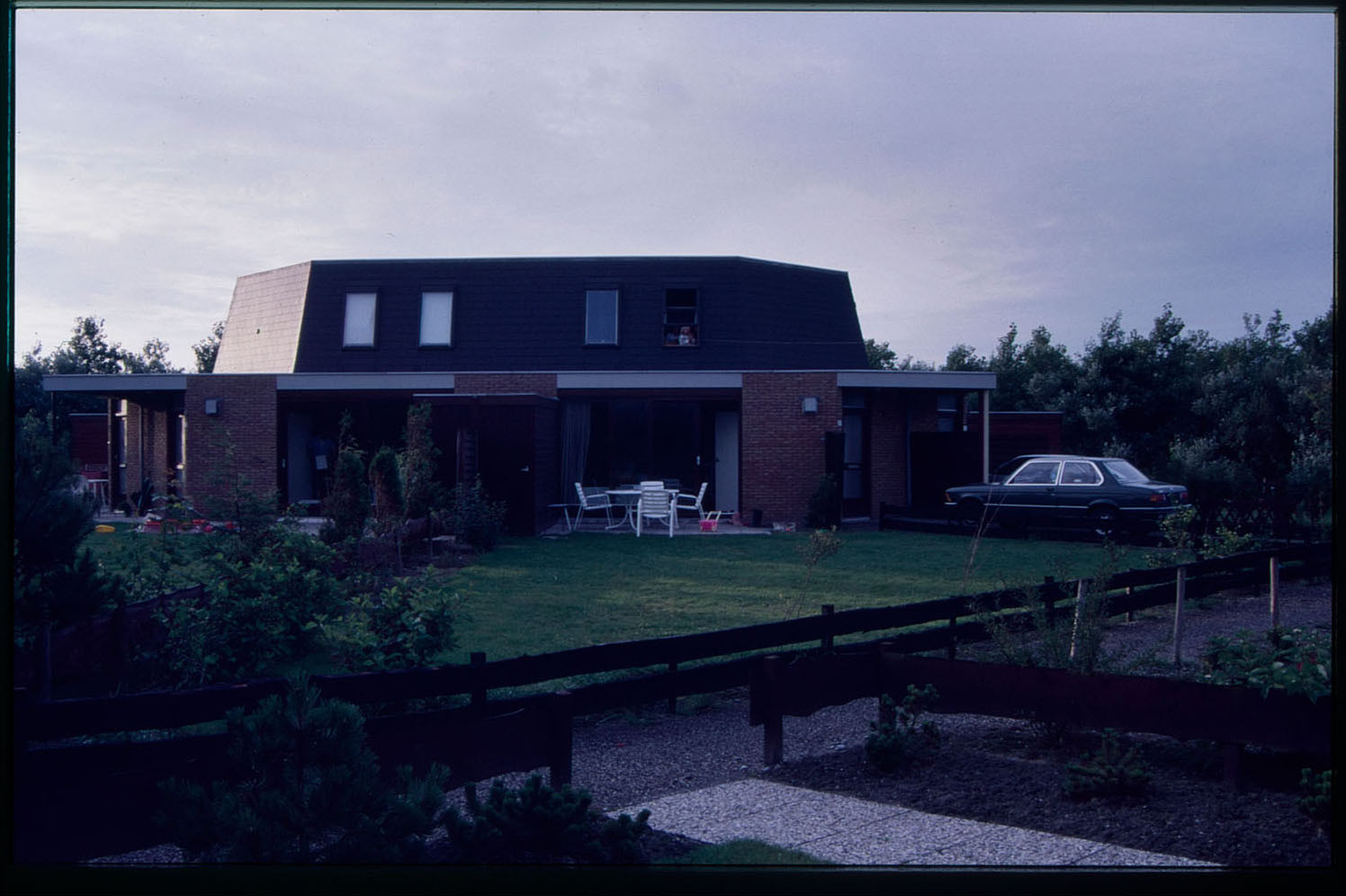
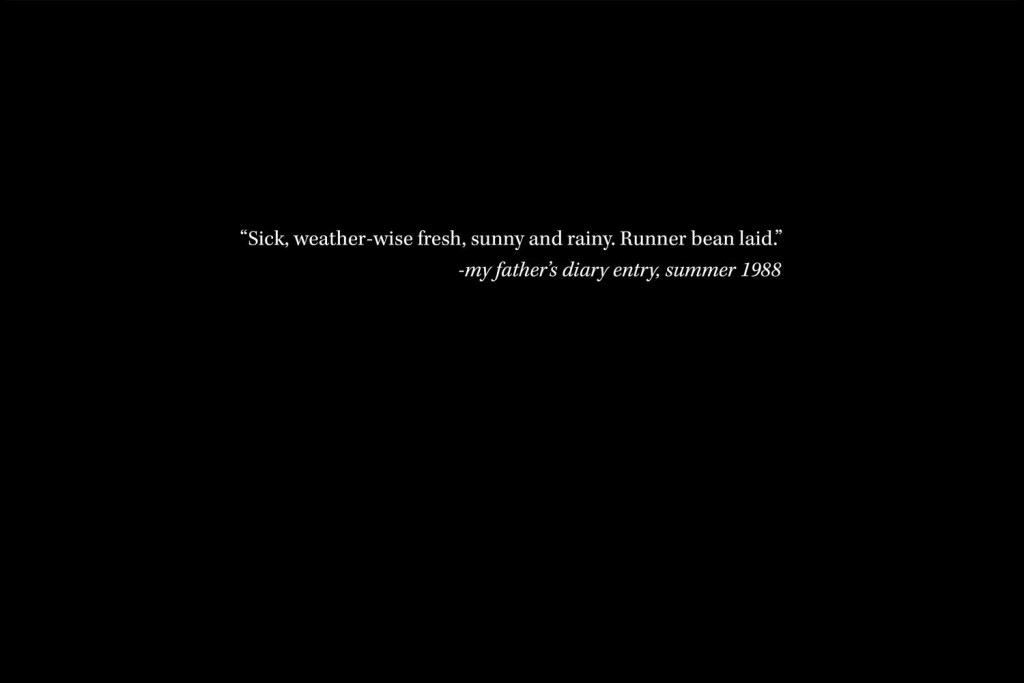
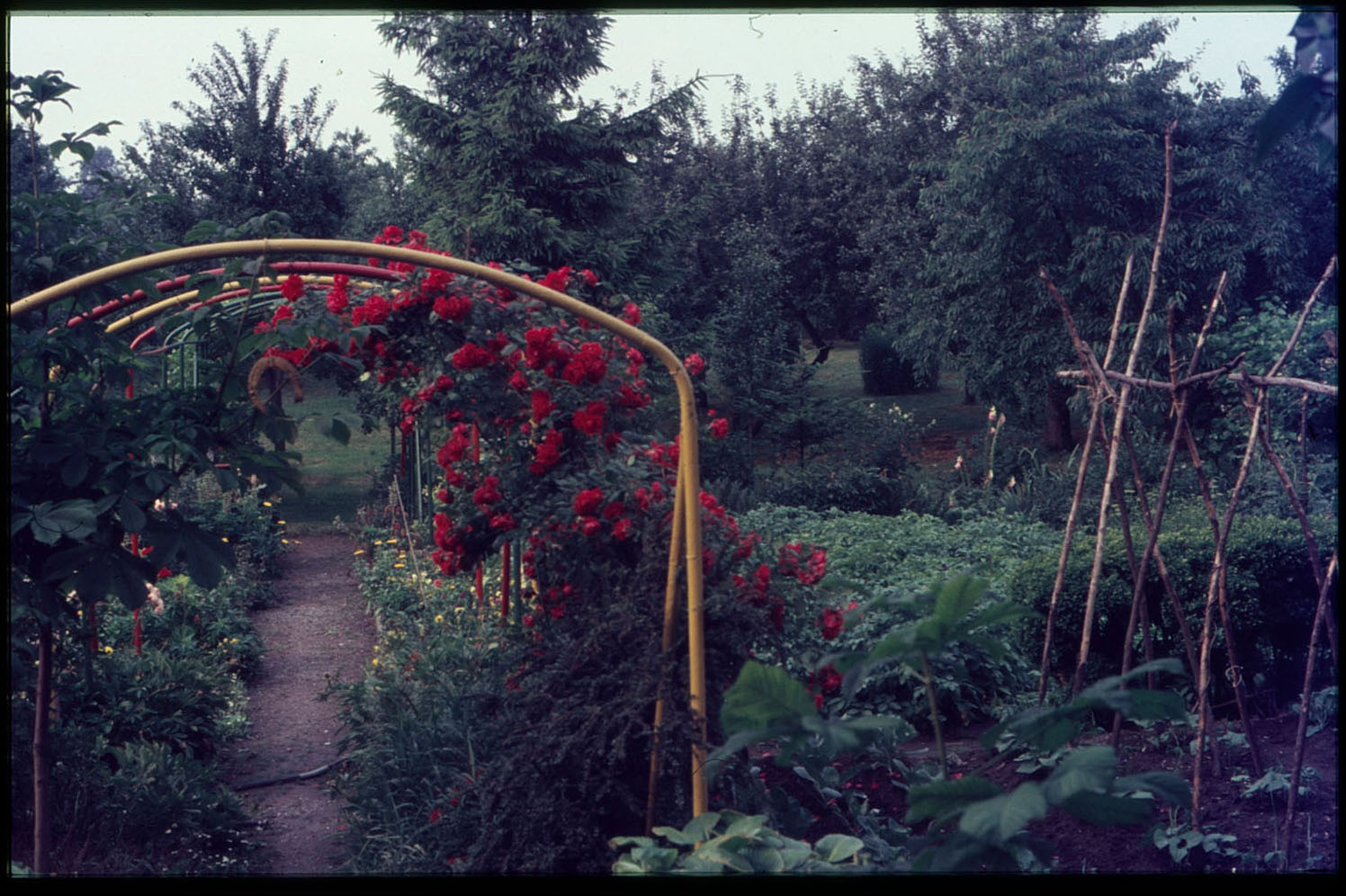
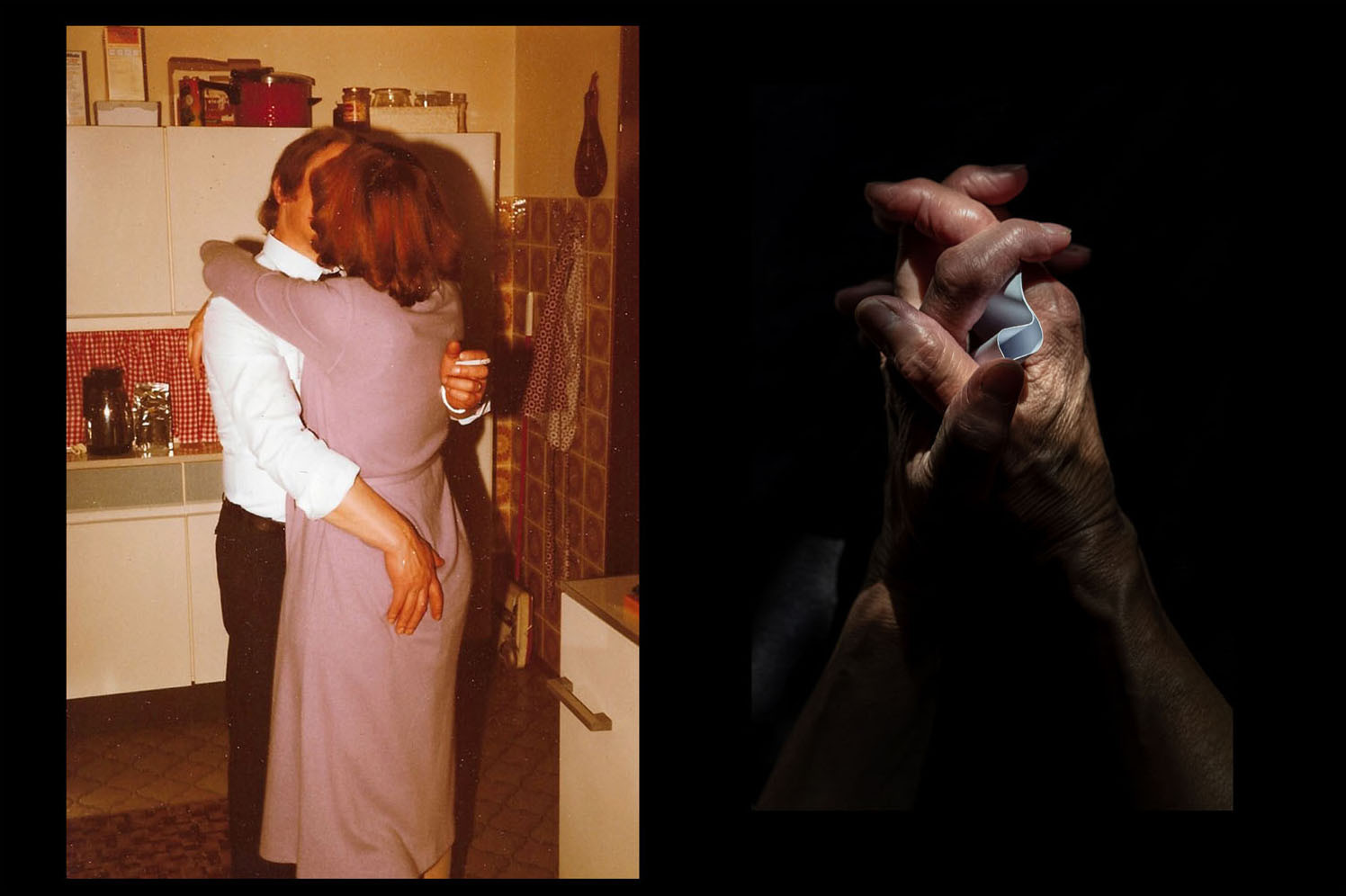

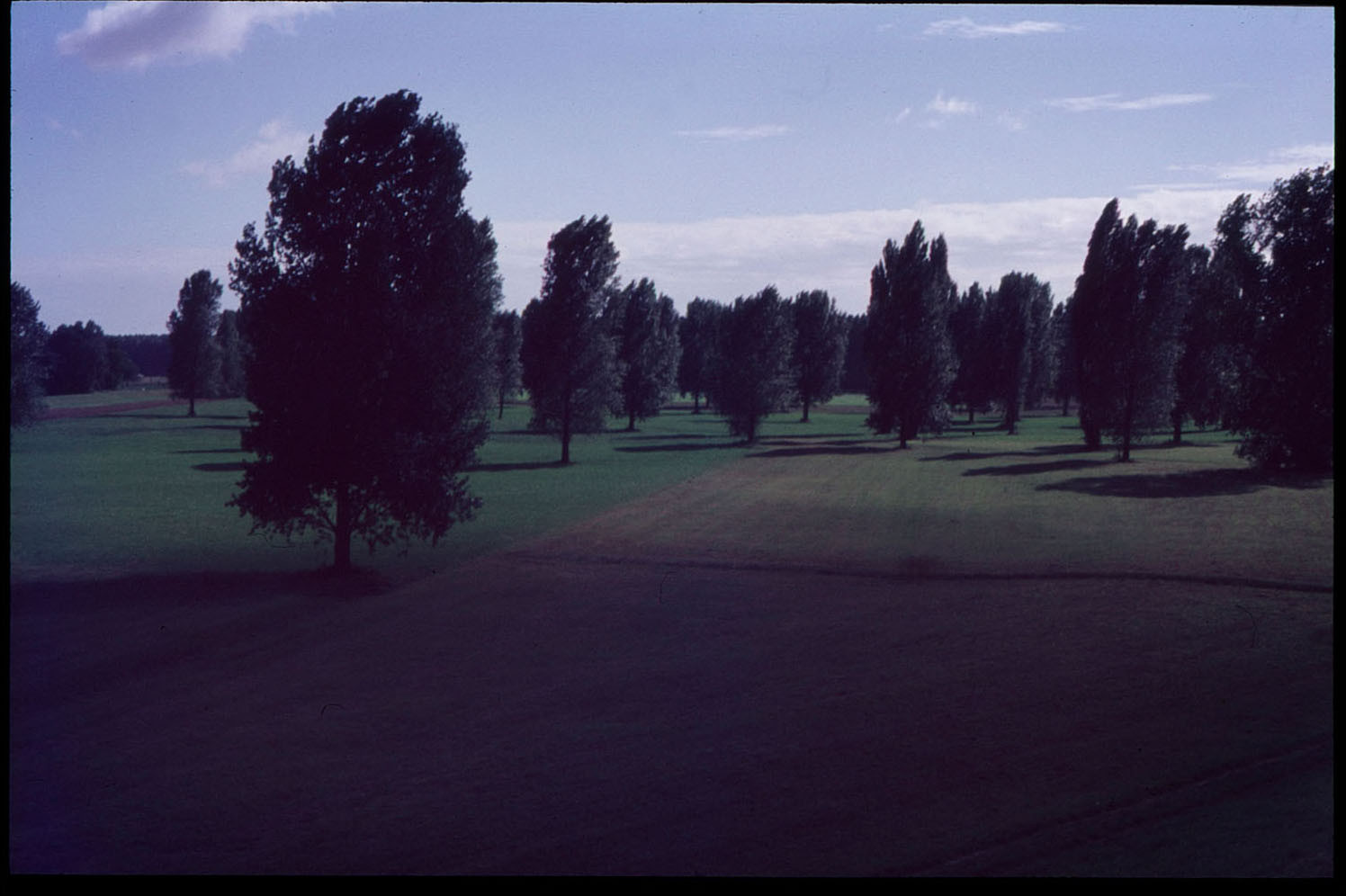
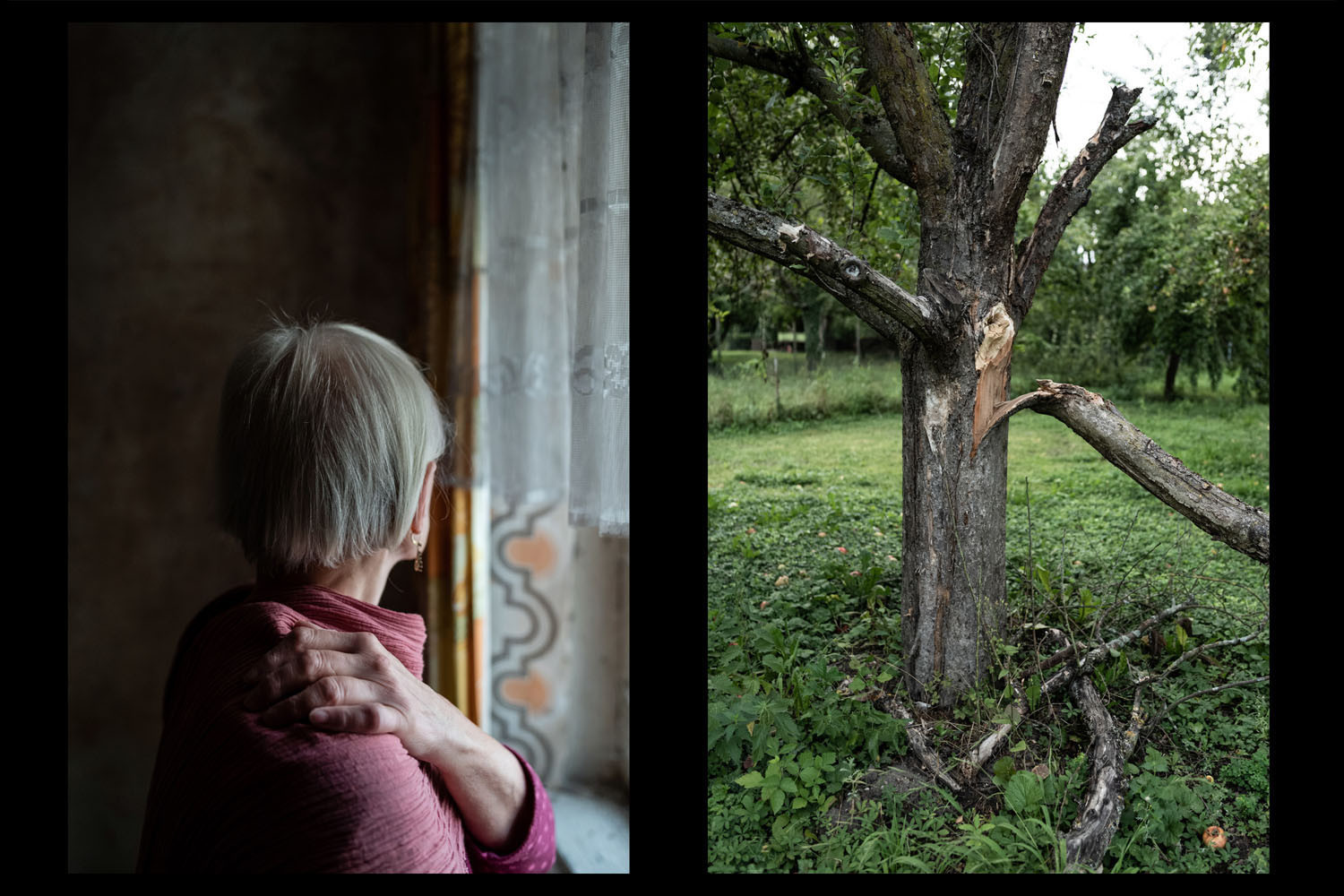

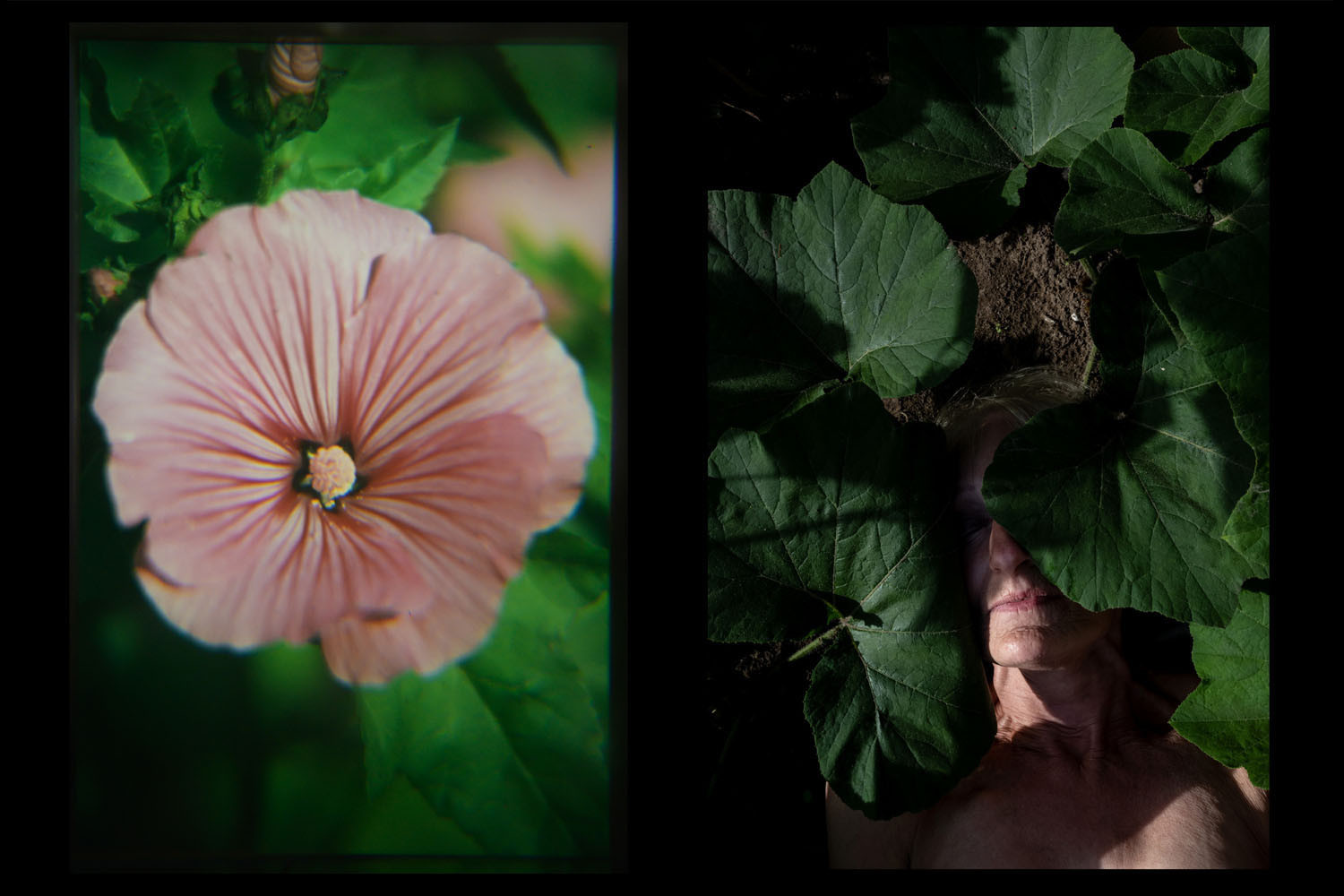
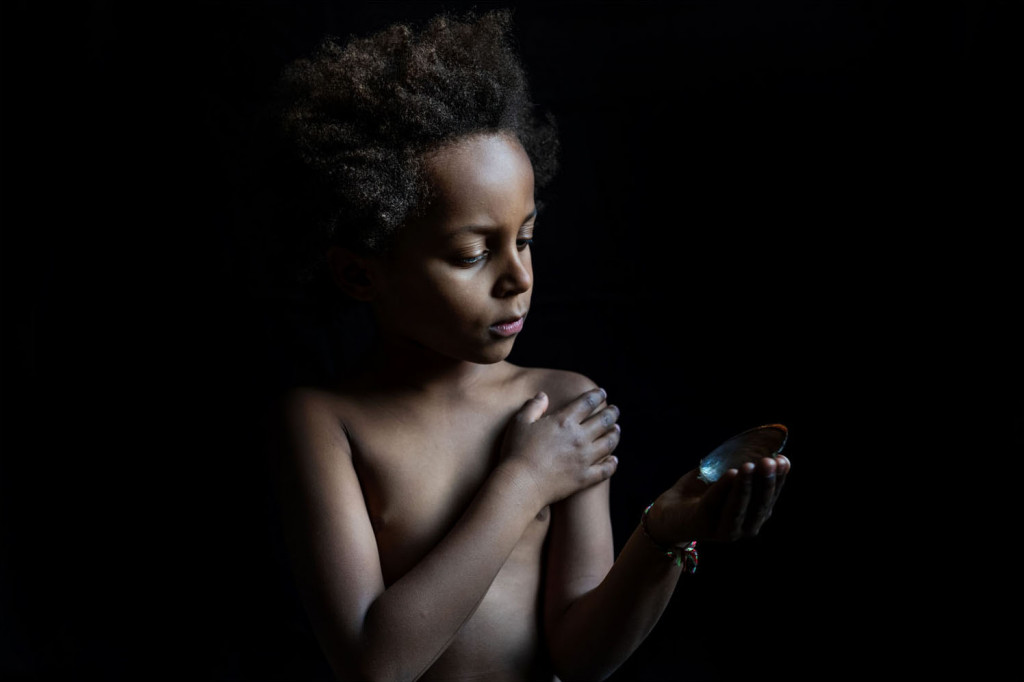
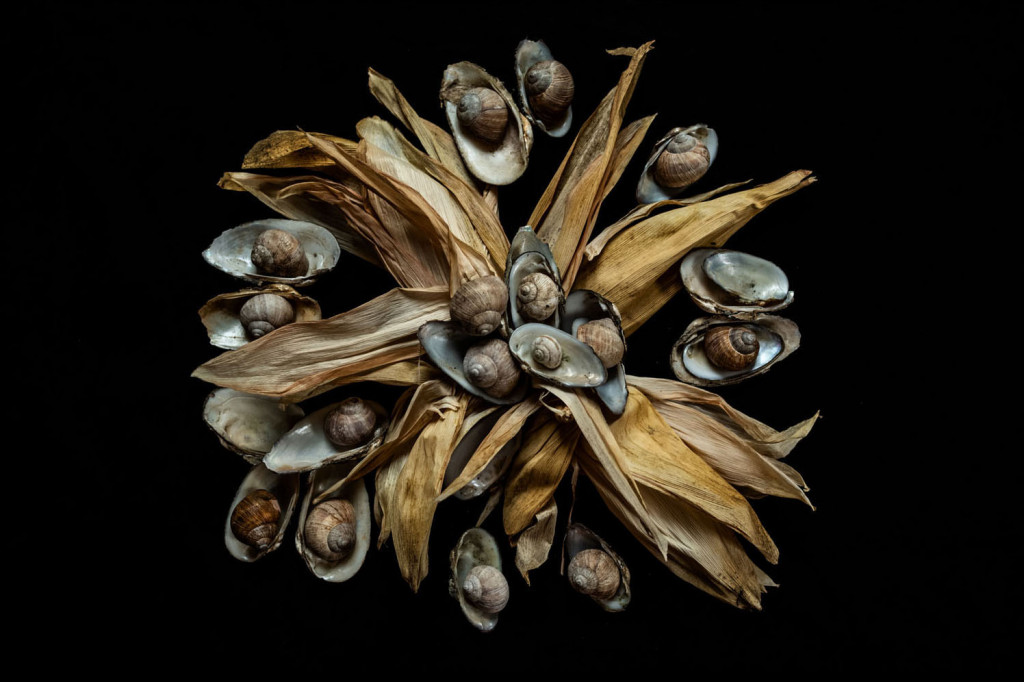
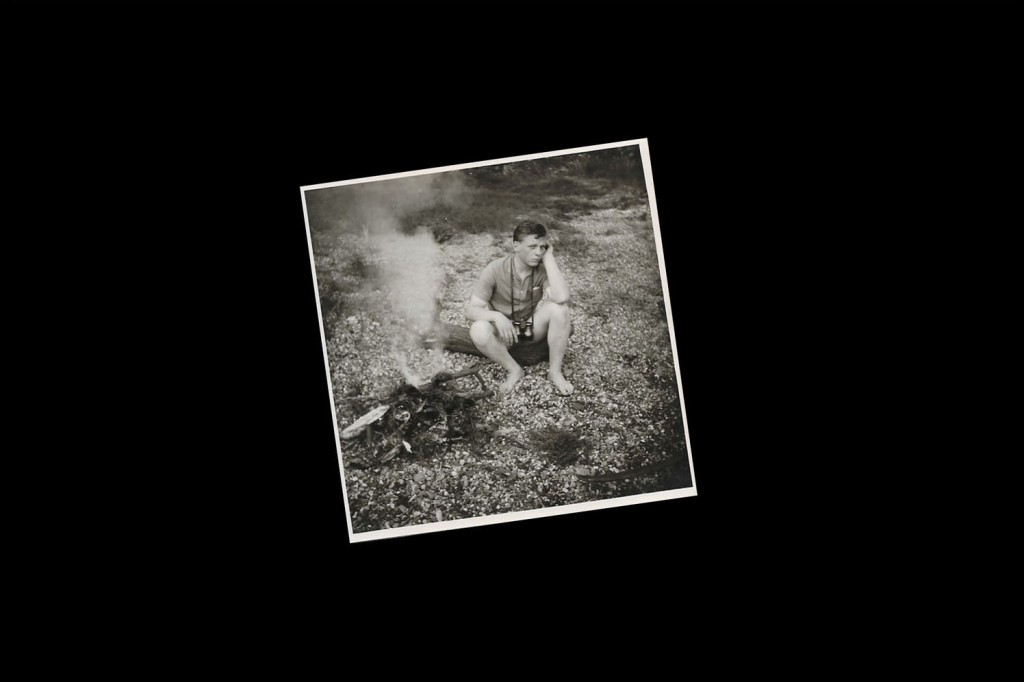
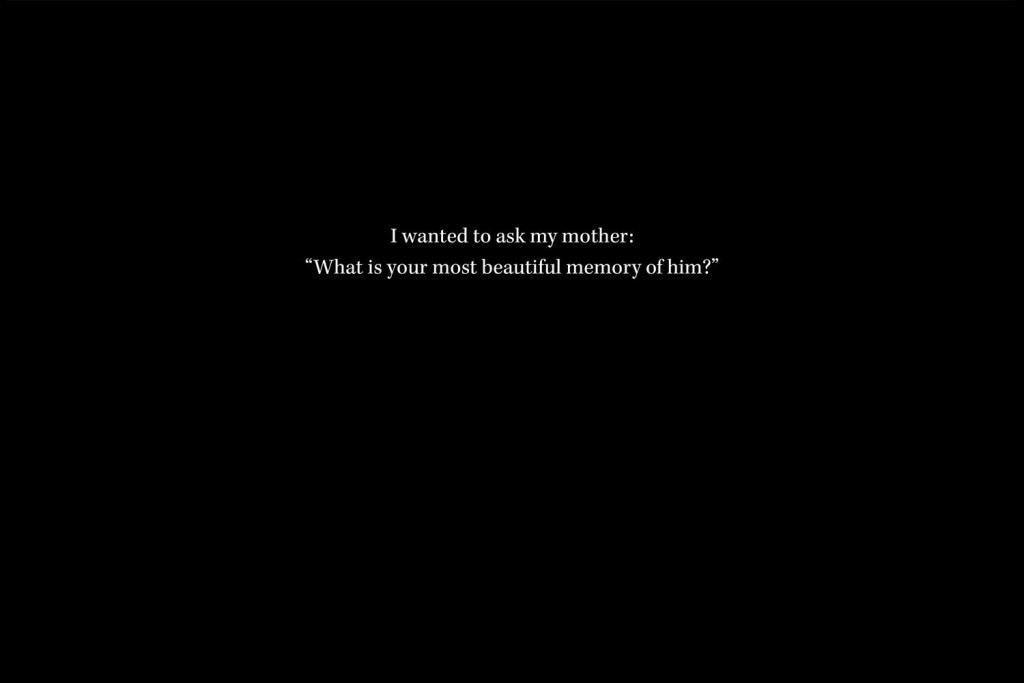
























INTERVIEW
Anne Ackermann
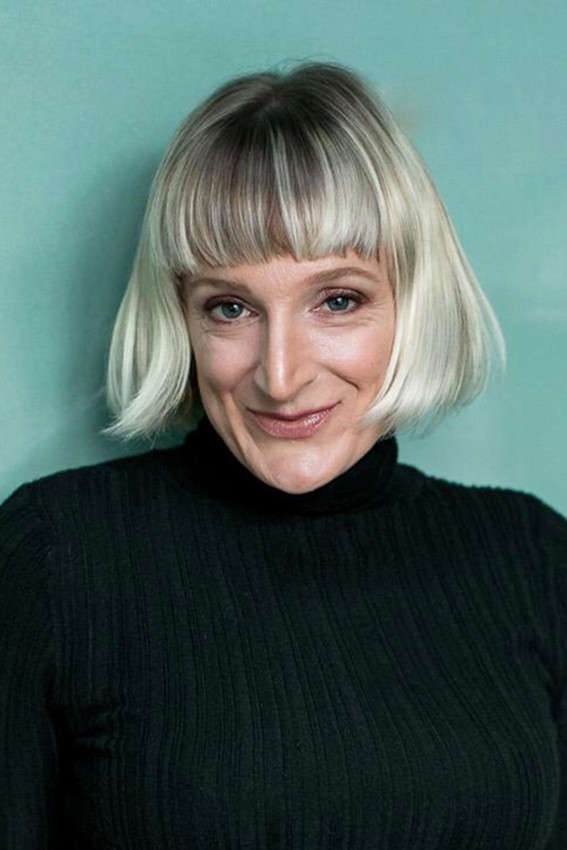
Photography Anne Ackermann Camera Leica S (Typ 007) with Summarit-S 35 f/2.5 ASPH. (CS) and Elmarit-S 45 f/2.8 ASPH. (CS)
Like many artists, Anne Ackermann found a way to turn the pandemic-induced restrictions into a creative opportunity. In her hometown, the German photographer retraced her memories of her late father – and documented her experience with the Leica S007.
She talked to us about her approach to her chosen theme, the art of building a visual connection between past and present, and the vintage slides that served as her initial inspiration.
The images featured here are excerpts from your series, The Most Beautiful Memory. Recollecting My Father. How did the project come about?
Last spring, I was reminiscing about how we used to have slideshow evenings in the living room when I was a child, and how much I used to love them. So I went looking for these slides, and found them in the attic of my parents’ house. Watching them was quite emotional. I was overcome by so many memories, feelings and questions.
Was some of this prompted by the pandemic, in that you may have had more time to think, and to look inwards?
Because of Corona, I was stuck in my hometown, surrounded by many of the places that defined my childhood memories. At the same time, I was fascinated by the anachronistic aesthetic of these photographic slides – and quite surprised to find that my father hadn’t been a bad photographer. His early passing is not a new subject for me; it’s something I’ve carried with me for most of my life. But I suddenly found myself in a world that was completely changed by the pandemic, and many people were directly confronted with issues such as loss and mortality. Because of my personal history, I felt that I had something to contribute to this topic. It was the first time I’d felt the urge to visually engage with this experience – which, for me, basically means to tell people about it.
When, and where, did you photograph this very personal series?
I started the project in April 2020, and initially worked on it until early December. I mostly shot in private spaces with just three protagonists (my mother, my son and myself), and in the immediate surroundings of my hometown in Southern Germany – so I stayed within a very small radius. Other parts of the series were created in a makeshift studio in my living room. I kept thinking about the saying that ‘restrictions are a great taskmaster of the arts’. I had very little at my disposal, but in many ways, that was a blessing in itself.
What can you tell us about the concept behind the series, which involved juxtaposing historical and current material?
By incorporating my father’s photographs, I sought to shape a visual conversation between the two of us that blends the past and the present into something new, both in terms of content and aesthetics. I wanted to create something that would connect us across time and space. In the end, it also became something of a homage to my father, to the very special person he was to me.
Where did you find your inspiration?
I spent a lot of time outdoors, going for runs or simply walked through the landscape of my childhood, thinking about the pictures I would like to take. At the same time, I filled pages and pages with writing. My collection of material kept growing, and also included found objects – mostly from places of my childhood – which I arranged and photographed as still lifes, so that they could become part of the series.
How did you compile the final presentation of this project?
Together with my editor, Régina Monfort, we designed a narrative arc, and allocated a position to each image and text element within the story. It all evolved quite organically – often on the basis of diptychs or visual combinations of archival and new photos that we found exciting. It was definitely the right decision to enlist outside help for this part of the project. With a personal topic such as this, it’s easy to get lost in chaos if you’re working alone. A well-functioning collaboration is a fantastic process that can be a valuable learning experience, and a lot of fun.
You shot this series with the Leica S007, in combination with a 35mm and a 45mm lens. How did you find working with this camera?
It’s a wonderful camera with a very straightforward and intuitive operation. Because of its size and weight, it compels you to embrace a state of deceleration and reflection. I generally like working in the 50mm range, because it feels closest to my natural vision – or shooting wider, as this allows me to work more scenically and incorporate multiple picture elements. However, these two lenses did not make me feel like I was missing anything in that respect. The image results are unbeatable, both in terms of brilliance and depth of field.
How do you imagine your visual expression might evolve in the future?
I don’t have my mind fixed on anything specific. I just want to keep being productive, and perhaps be even more open to artistic approaches in the field of non-fiction. Integrating written text into visual projects is also an area whose possibilities I’m only just beginning to explore, which is why I'm really happy working on my book project. I also enjoy collaborating with others, be it editors, designers , etc., so this hopefully won’t be the last book I’m doing. Maybe it’s because of the pandemic, but this type of exchange means a lot to me right now. In any case, there’s much to be done.